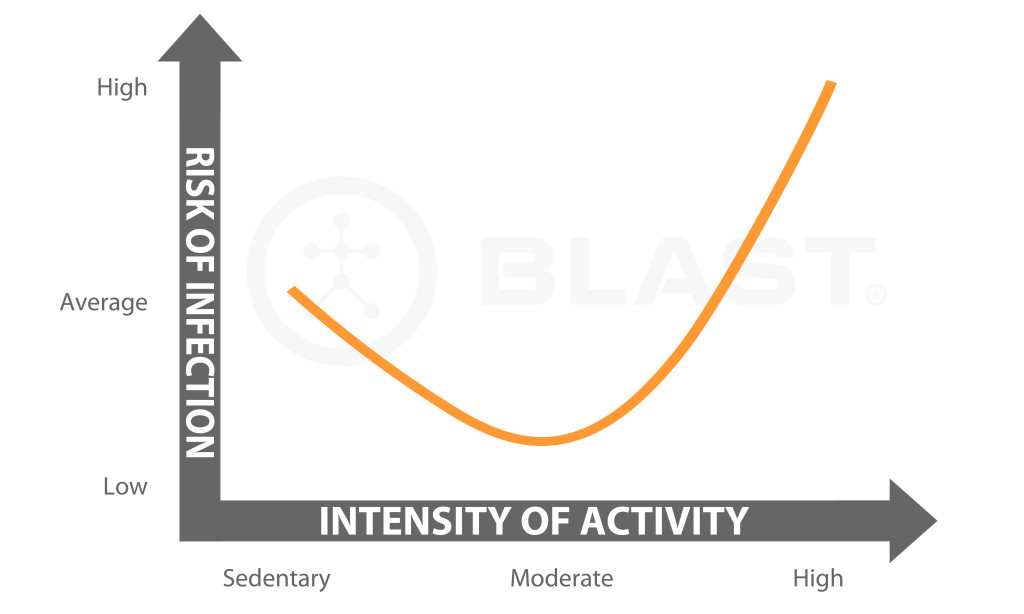
Golf is picking up in popularity with America’s youth these days, and it couldn’t come at a better time. With childhood obesity rates skyrocketing in recent years, there’s no time like the present to get kids out of the house and moving around. However, there are many advantages to the early adoption of golf, in addition to the physical benefits, that are valuable for our youths. Along with requiring children to adhere to proper etiquette and follow rules, golf provides many other social, physical, and emotional benefits as well.
Social Benefits
Golfing has always been a social sport, and that benefit is not reserved for the adults who enjoy the game. With a relatively low barrier to entry, individuals of any age can step onto a course and play, making it a sport well-suited to demographic diversity that can introduce children to a gamut of social interactions. Golf also offers a perfect venue for positive parent/child interactions. It can be a great way to encourage quality time and bonding between a parent and child, which can set the stage for a lasting relationship.
This sport also requires that children mind their manners and conduct themselves respectfully while on the course. In addition to etiquette, golf helps children learn to problem solve, use numbers, and be confident in their abilities while also improving on their weaknesses.
Physical Benefits
In a world of technology, it’s easy for children to stop playing outside and start spending more and more time indoors, in front of screens. This can make it challenging for parents who are trying to get their kids to participate in more physical activities. Golf can provide an alternate means of enjoyment outside of the realm of video games. And because it’s open to all skill levels, it has the benefit of being an easy choice for children that might otherwise shy away from sports. As a non-contact and low-impact sport, it doesn’t require a child to be the strongest, fastest, or biggest in order to be successful or enjoy themselves.
Emotional Benefits
Children require development of their emotional fitness just as much as those physical and social counterparts. Golf helps develop the youth’s emotional health by encouraging self-improvement and challenging them to persevere through frustrations. It requires players to self-analyze, practice, and accept encouragement and constructive critique from coaches and peers. With both achievements and disappointments on the horizon, little players must learn to sustain a positive outlook, learn from their mistakes, and “shake it off” when they fall short so that past faults do not affect current performance or future results.
Because golf is a game of self-improvement, it requires the player to focus on their performance, and it eliminates the opportunity to easily ascribe shortfalls to team members. This can help instill autonomy and responsibility, and nurture the self-confidence that is so vital to living a long and happy life.
Golf is a great way to encourage the home-bound child to get out and spend a day in nature having some good old-fashioned fun on the green, and it can offer many lessons to today’s youth. Several parallels can be drawn between this game and the challenges and successes inherent in society. Golf requires the child to practice emotional management, positivity, proper planning, clear focus, good social skills, and perseverance. It also helps them assess both the task at hand as well as the bigger picture. As children learn how to conduct themselves properly while they are on the course, they are also learning how to become happy, healthy, successful members of society.























